
Kathmandu, July 19: The Commission for Inquiry on the crash of Saurya Airlines aircraft has found a "technical fault" in the Saurya Airlines plane crash at Tribhuvan International Airport last year. Eighteen people were killed when the aircraft crashed minutes after taking off from Tribhuvan International Airport. The Inquiry Commission has concluded that the aircraft crashed due to technical reasons. The commission concluded that the root cause of the accident was a technical error in the preparation of the pilot/company, as well as a lack of coordination between the regulatory body, the airport management and the rescue service.
Last year, on July 24, 2024, the CRJ200 LR flight 9N-AME crashed immediately after it took off en route to Pokhara. The 62-page-long report submitted by the Aviation Accident Investigation Commission, formed under the direction of the Ministry of Culture, Tourism and Civil Aviation, has stated the root cause of the accident and the negligence associated with it.
According to the report, the main reason for the accident is believed to be a fault in the adjustment of its speedcard (V-card). So that the pitch of the aircraft moving became high, due to which the rotational speed (turning speed) of the aircraft decreased. This led to the accident. The report said that the speed card used by the aircraft, which was prepared on the basis of the 18,500 kg load, mentioned faulty V-speeds and was never used without approval. The company noted that most of the previous incidents where high pitch rates were seen during takeoff were ignored by the company without analysis.
The report also provides other reasons for the accident. The plane was grounded for 34 days. According to the technical requirements of the aircraft, due to the lack of maintenance and check up-to-date of the aircraft, V-card could not balance the speed and the aircraft was crashed. Similarly, its load distribution is also said to be improper.
It is said that as many passengers were seated in their own way and as much cargo was kept, when the aircraft was tilted to one side, the load also slid to the other side and the aircraft's load could not be balanced.
The report found that the definition of non-passenger flights was vague and violated several provisions, from preparation to implementation.
The aircraft was grounded for 34 days, after which it was sent to Pokhara for C-check. Unnecessary haste in the preparation of the takeoff, incomplete checklists and error reports in the operation of the equipment have been pointed out. The rescue fire team could not work effectively in time as the accident site was located in a difficult geographical location on the east side of the airport. During the rescue, the bags and belongings of the deceased were found to have been transported to the office of the airline, which is said to be a serious error from a security point of view.
Similarly, according to the International Civil Aviation Organization (ICAO) standards, the width of the runway strip should be 280 meters, with 150 meters at the accident site, and the emergency entrance near the accident site was blocked by construction materials. The Airport Rescue and Fire Fighting Service has not been able to use the necessary training, planning and resources.
The Inquiry Commission has presented security recommendations on a total of 41 points, including 3 recommendations that should be implemented immediately.
- Solar airlines need to improve their speed card system, flight preparation process, and baggage handling.
- The Civil Aviation Authority of Nepal should strictly implement the approval system.
- Improvement of the runway strip at Tribhuvan Airport, review of the rescue plan should be carried out as soon as possible.
The aircraft manufacturer will also have to provide further guidance to the concerned user about the limits of speed cards and flight data.
The airline, which was flying to 5 domestic destinations, has been grounded since last year. The airline had two aircraft, one of which was ready to take to Pokhara for regular checks. The regular flight schedule of the aircraft was stopped and permission was taken to fly again. Apart from the aircraft's captain, Manishratna Shakya, 18 other people were killed.
People’s News Monitoring Service.





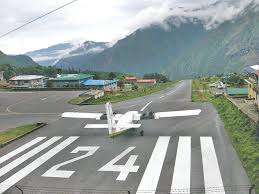
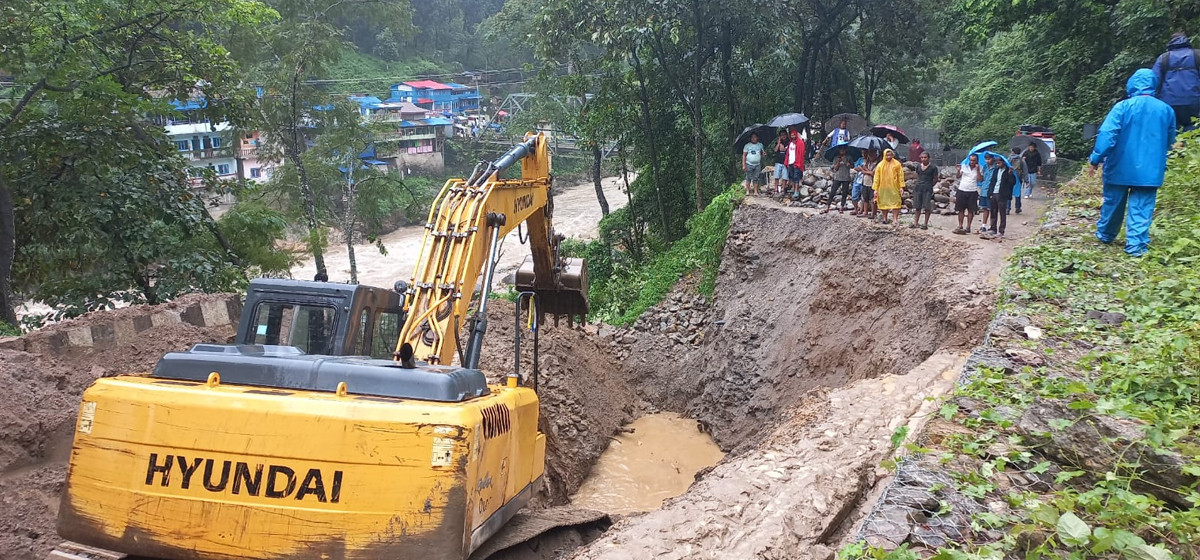

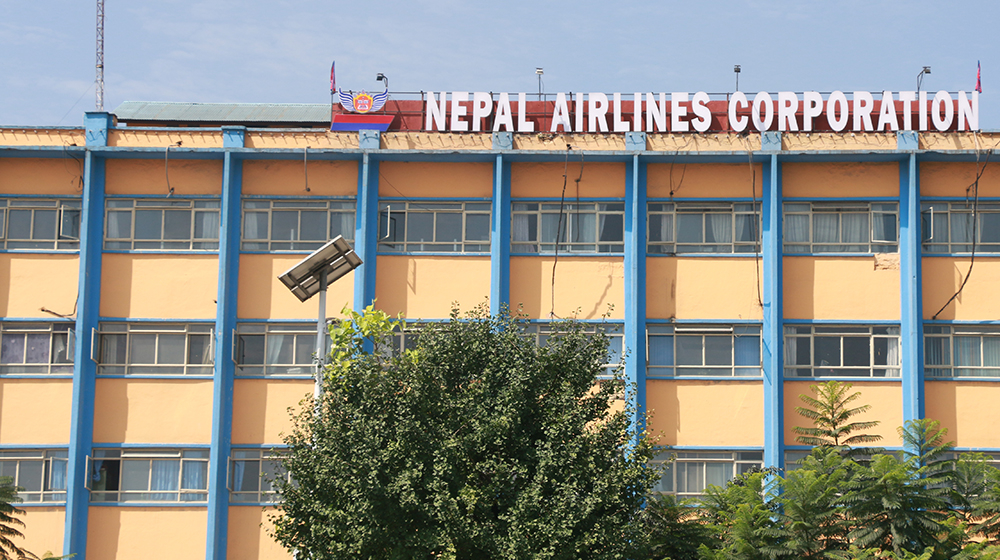


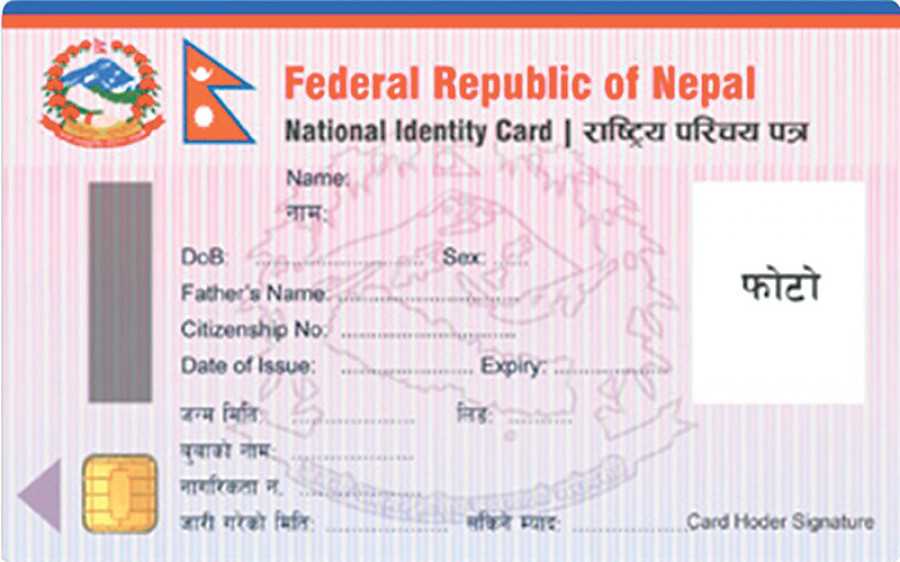


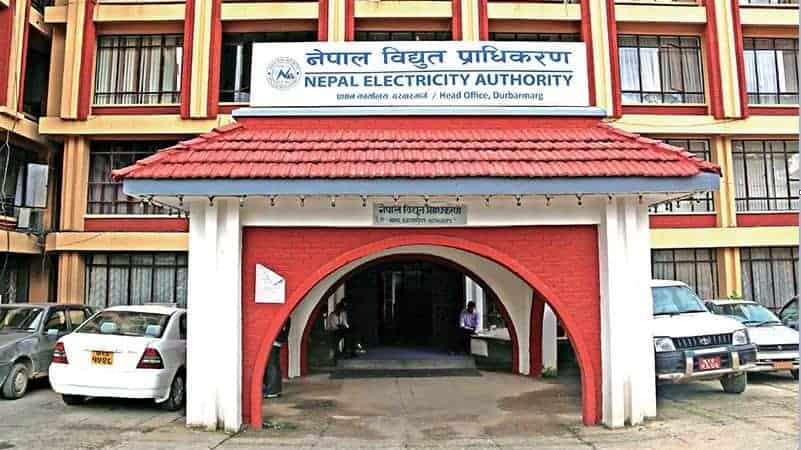
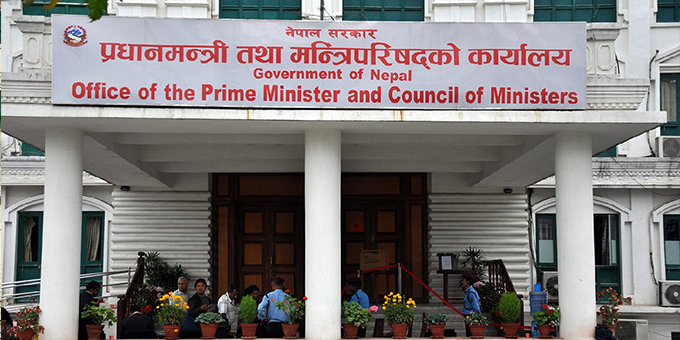
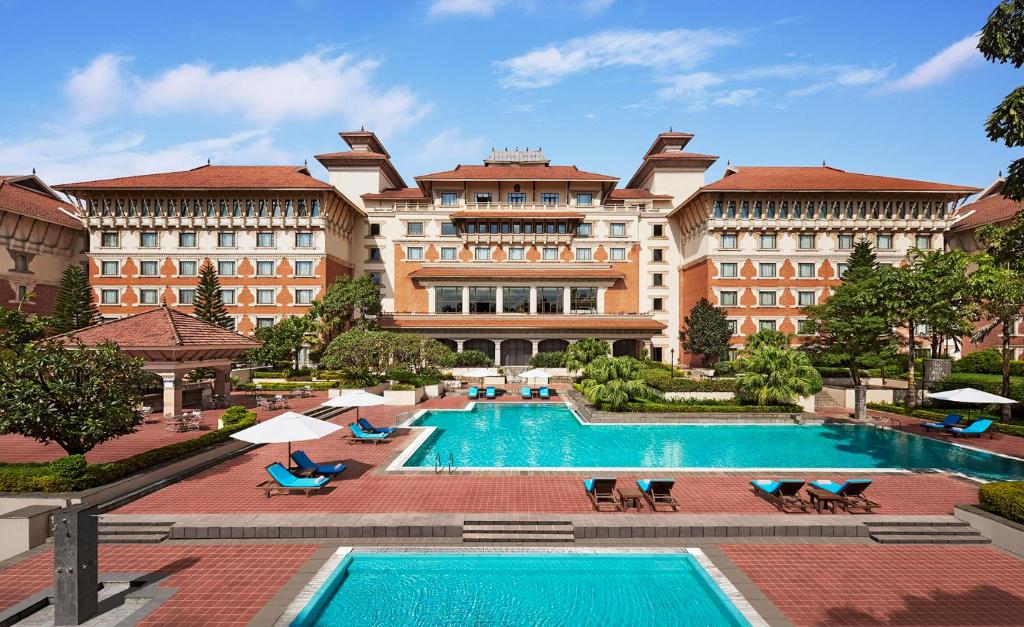

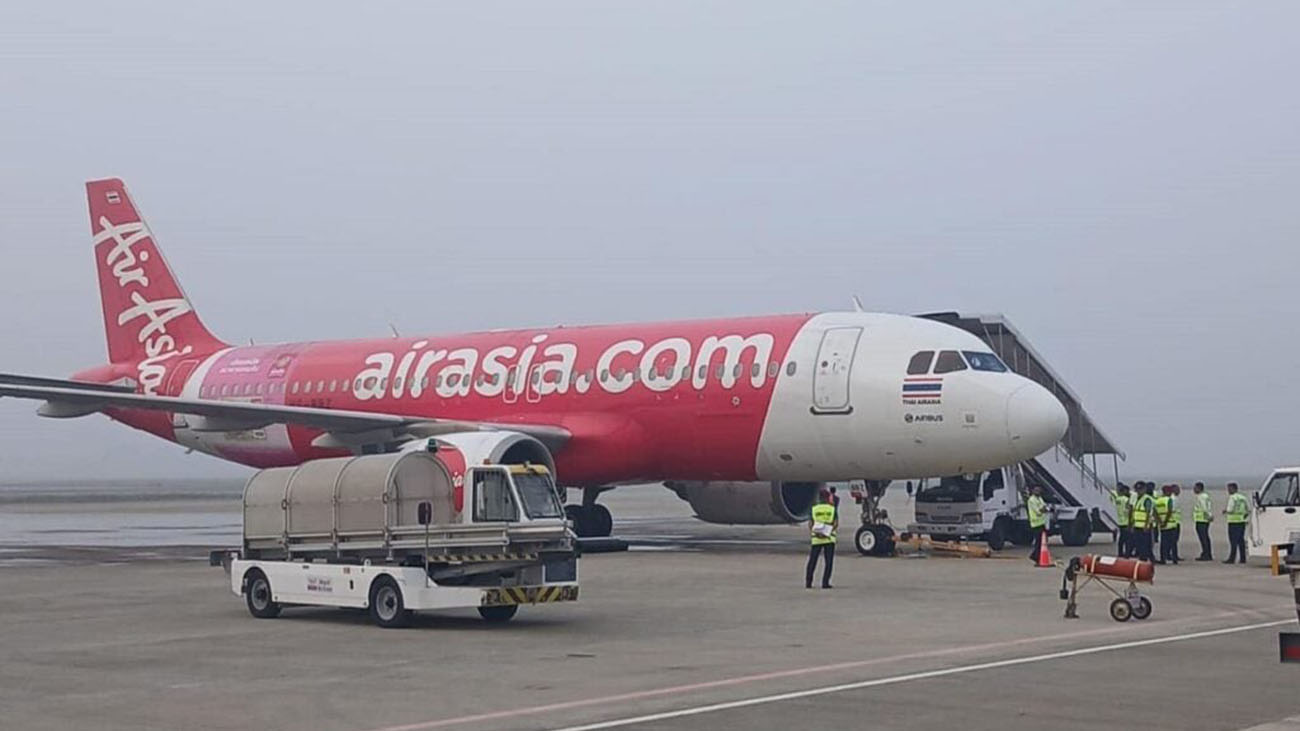
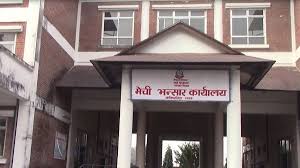
Comments:
Leave a Reply